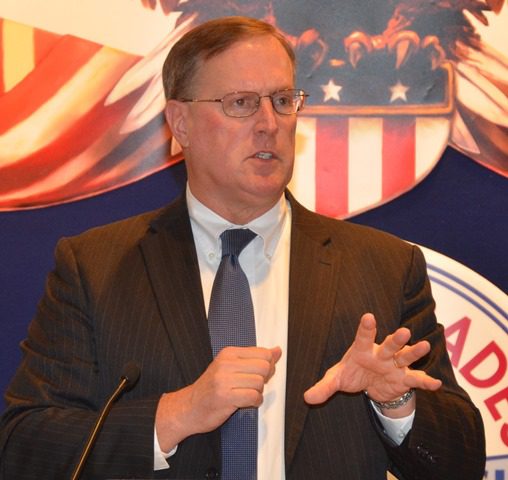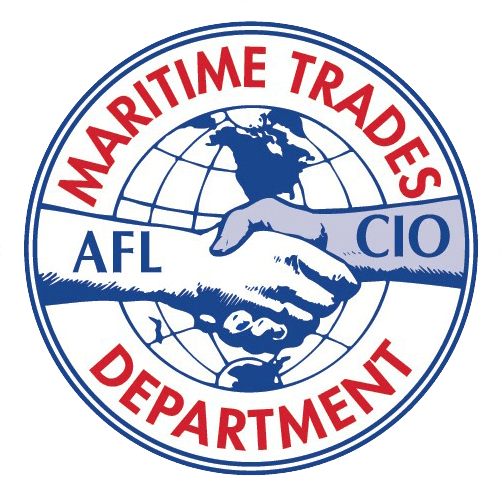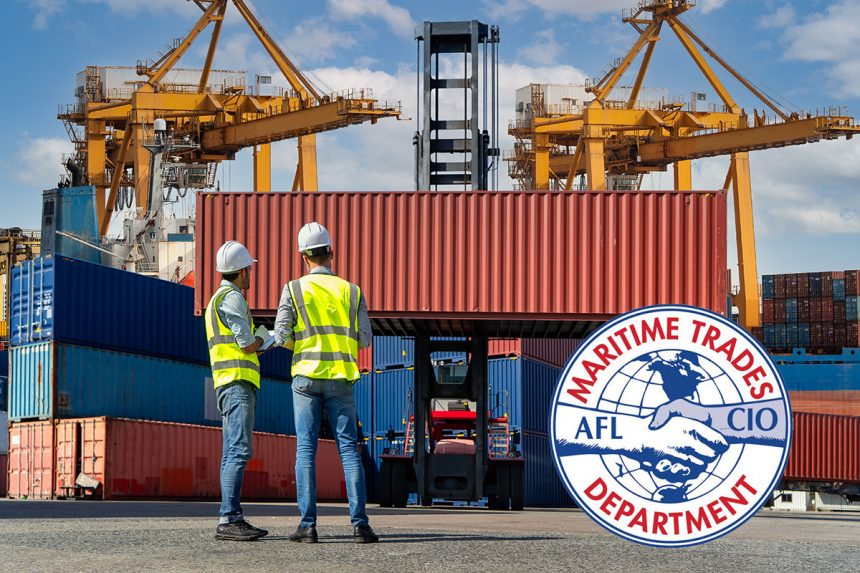
The executive director of the U.S. Navy’s Military Sealift Command (MSC) sees a bright future for mariners in the agency’s fleet, regardless of whether those seafarers are from the private sector or whether they work directly for the government.
John Thackrah made that point Feb. 19 during the MTD Executive Board meeting in Atlanta. He said that despite a major reduction in government spending on transportation (partly due to the drawdowns in Iraq and Afghanistan), MSC projections for the next five years show little change in their anticipated need for merchant mariners.
“I think it’s a good-news story that in this downturn, potentially sequestered world as we say in our budgetary-speak, that we’re going to be able to maintain our head count,” Thackrah told the board. “Are we going to retire some ships? Yes, but we’re bringing a lot of new equipment aboard.”
The executive director described the components of U.S. sealift capability, including more than 9,600 mariners (roughly 5,300 from the public sector) sailing with MSC, 60 ships in the Maritime Security Program fleet, 26 prepositioning ships, 14 surge sealift vessels and 46 ships in the Ready Reserve Force (RRF). He talked about options for replacing vessels in both the RRF and surge fleets.
In recalling the history of MSC and its forerunner (the Military Sea Transportation Service), Thackrah said that since World War II, its missions have grown from two to more than 20 today. “What we’ve learned over time is how to do these missions with civilian mariners, and not (Navy) sailors,” he said.
However, his presentation also pointed out the decline in the privately owned U.S.-flag fleet since the end of World War II. Along with lamenting that development, he expressed a desire for additional U.S. shipyards. “I’m glad to have the ones that we have; there’s just not enough,” Thackrah stated. Specifically, he said there aren’t enough yards for repairs of military ships, especially in times of crisis.
Thackrah concluded his remarks by thanking the U.S. Merchant Marine.
“Mariners are precious to us,” he said. “It doesn’t matter whether it’s a contract-operated ship or a CIVMAR (civilian mariner)-operated ship. I need to keep these people safe.”
He described mariners as the “backbone of our sealift enterprise. In times of crisis, our nation calls upon maritime labor unions to crew our surge sealift and MARAD Ready Reserve Force ships…. We are incredibly proud to serve side-by-side with the men and women that you represent that work for us at Military Sealift Command that go to sea every day.”

